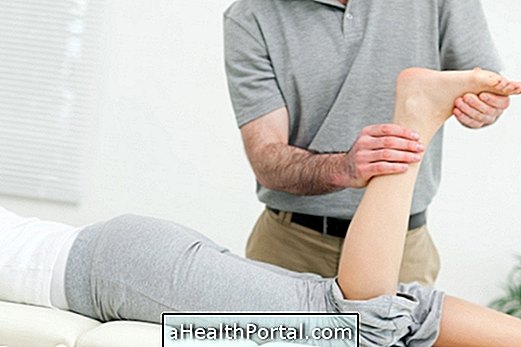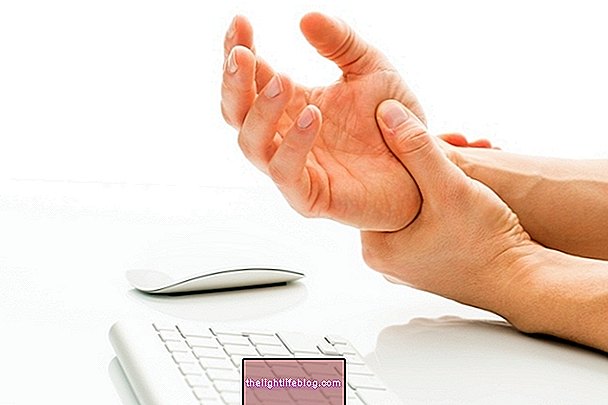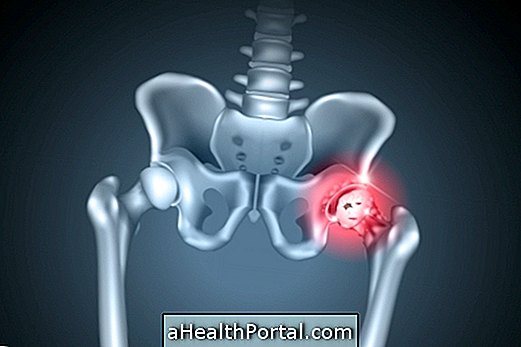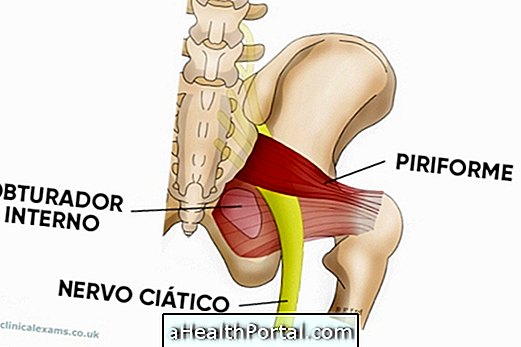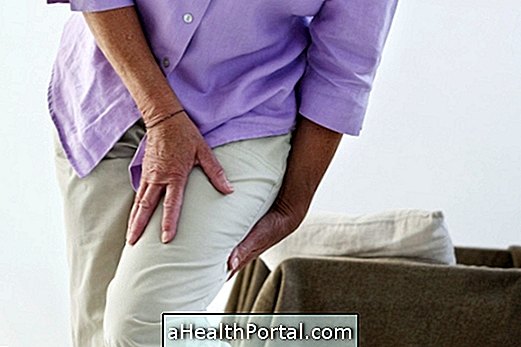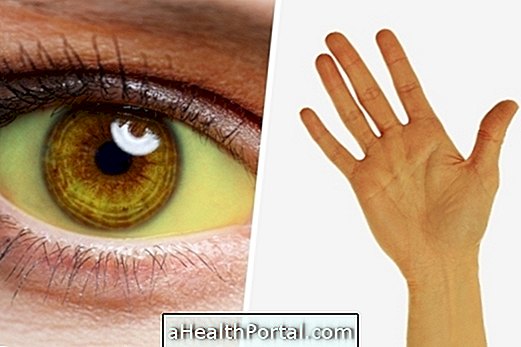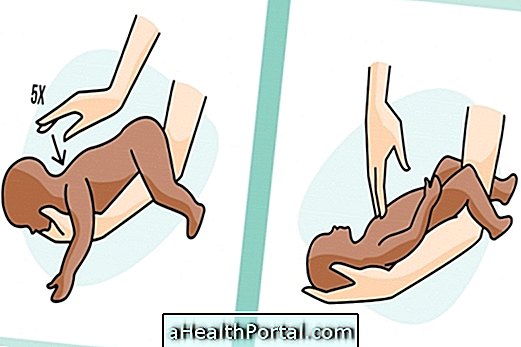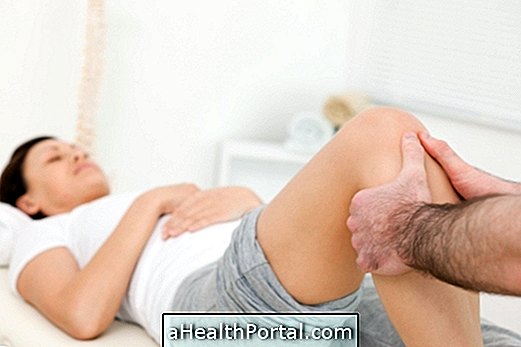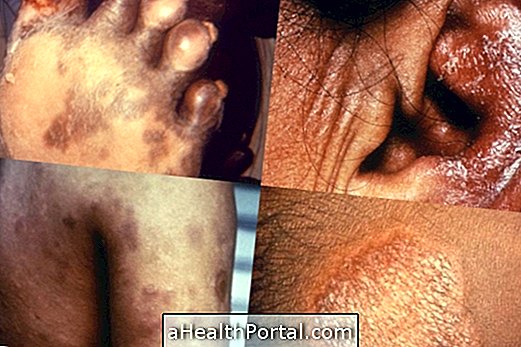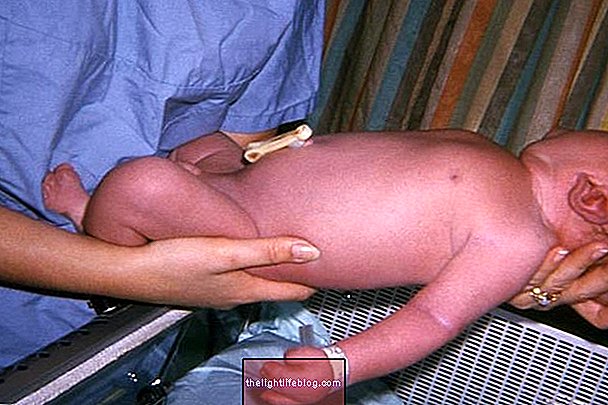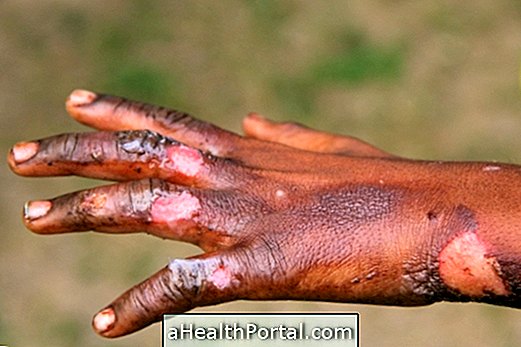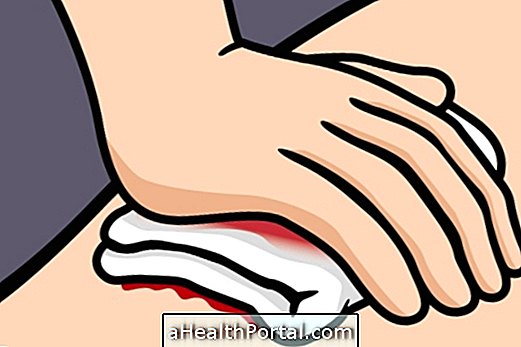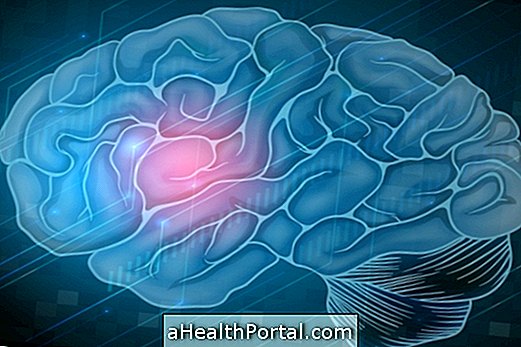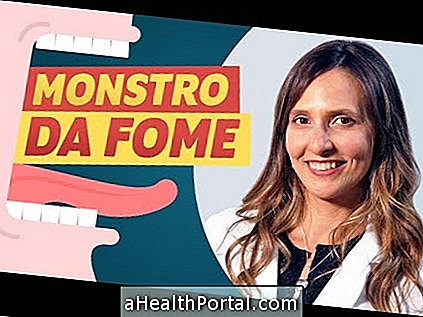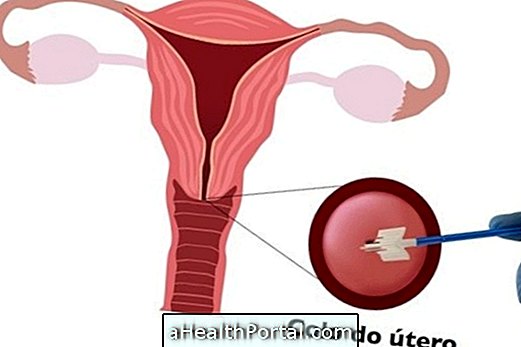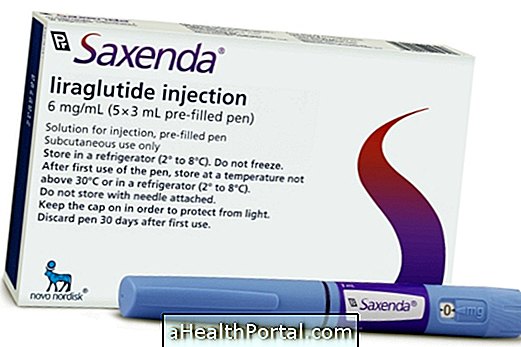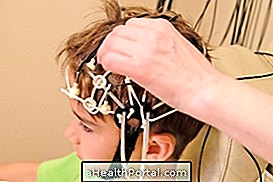The lordosis is a normal curvature of the spine in the neck and bottom of the back that when it is accentuated is called hyperlordosis, provoking intense back pain and bad posture.
In lumbar hyperlordosis this curvature becomes very pronounced, so that the buttock becomes very "upturned" and this ends up generating pain in the neck and back needing treatment, which can be done with physical therapy but the practice of physical activity can also help to relieve the pain and the discomfort.

How to know if it is Hyperlordosis
The main sign of hyperlordosis in the lumbar spine is the great curvature in the back that can be observed when the person stands aside. Other symptoms that may be present are:
- Pain in the back
- Lie on the floor with your belly up and not able to stick your back on the floor;
- Weak, globose and anteriorized abdomen;
- Cellulitis on the buttocks and the back of the legs due to decreased venous and lymphatic return.
Usually the person is born with this increase in curvature in the spine but it does not cause any change in the child's growth. However, it can also arise in case of poor posture, pregnancy, obesity or herniated disc, for example.
Hyperlordosis can be identified by physical observation of the individual on the side but such as panoramic x-ray where the lumbosacral angle is greater than 68 ° and orthopedic tests may also be useful in identifying the severity of this hyperlordosis and the need for treatment.

How To Treat Hyperlordosis To Fight Back Pain
The treatment to cure lumbar hyperlordosis should be done with sessions of physiotherapy and with the practice of physical exercises such as swimming, for example.
In physical therapy you should perform several exercises that strengthen the muscles that are weakened, specifically the abdomen and stretches in muscles that are "atrophied", stretching the spine.
Exercises that can be performed on soil like in Pilates, or water, in the case of hydrotherapy or hydro Pilates are a great option to improve overall posture and correct the curvature of the spine. Mobilization of the spine and exercises of global postural reeducation - RPG - should also be part of the treatment.
The RPG consists of postural exercises, where the physiotherapist positions the individual in a certain position and it must remain in it for a few minutes, without moving. This type of exercise is made stationary and promotes some pain but is essential for realignment of the spine and other joints.
